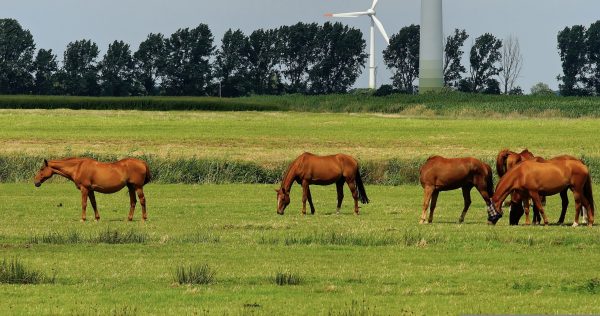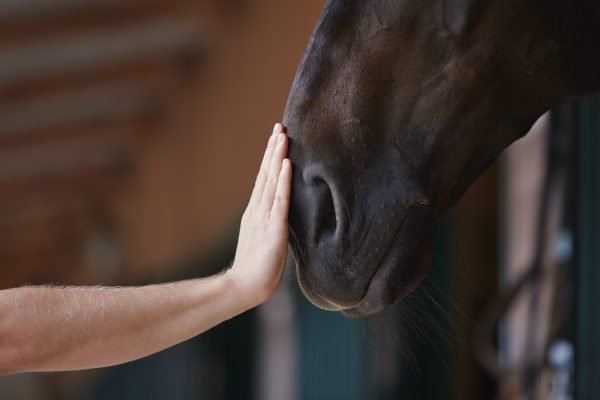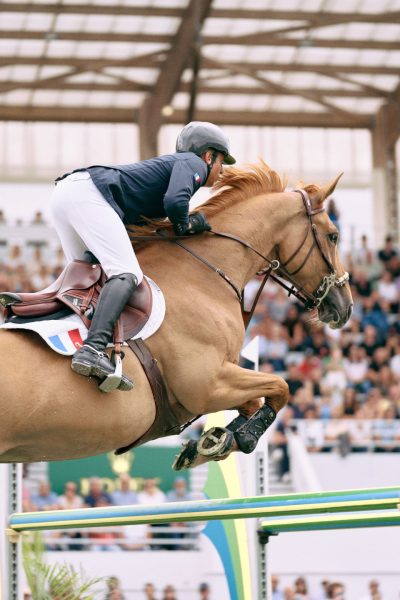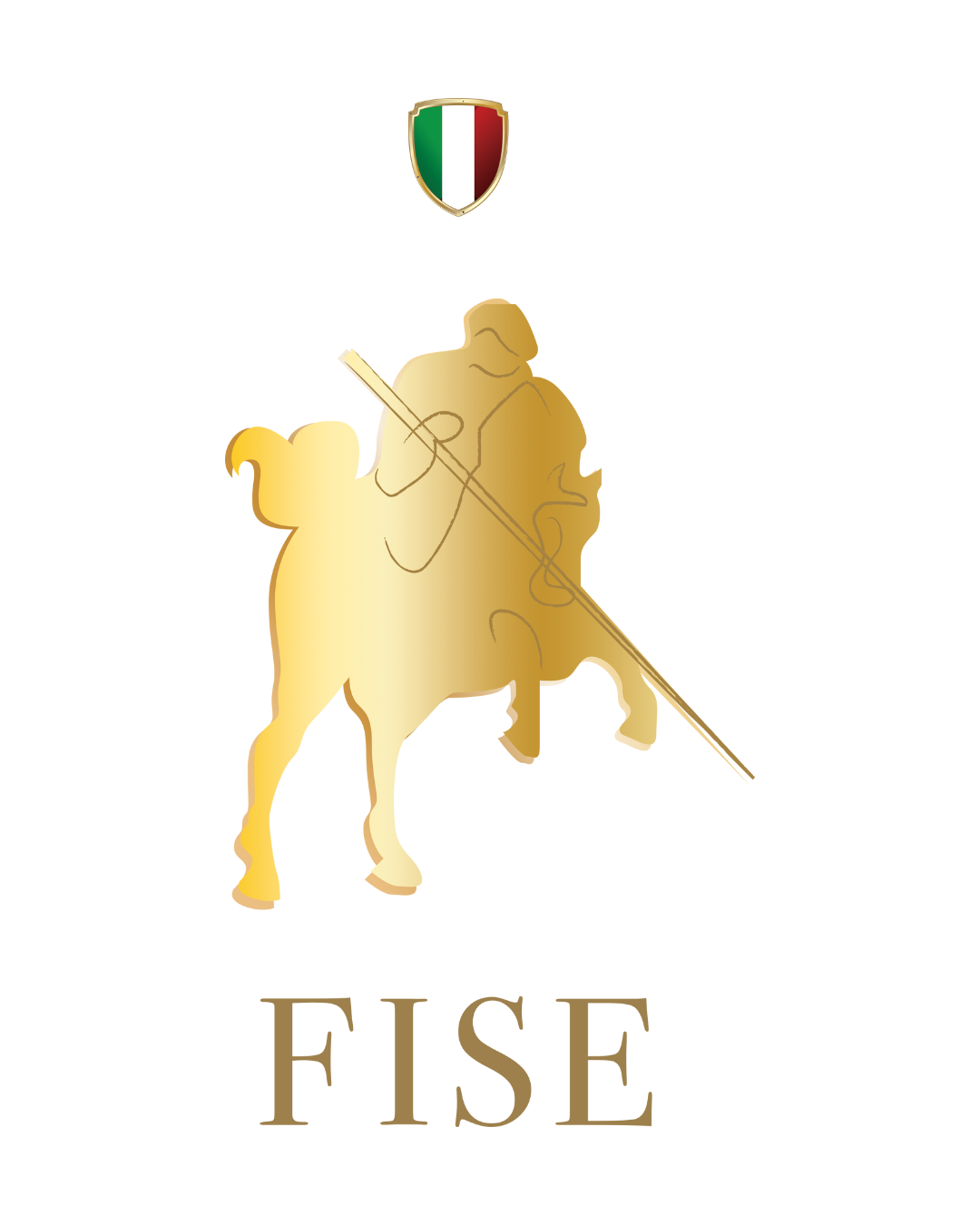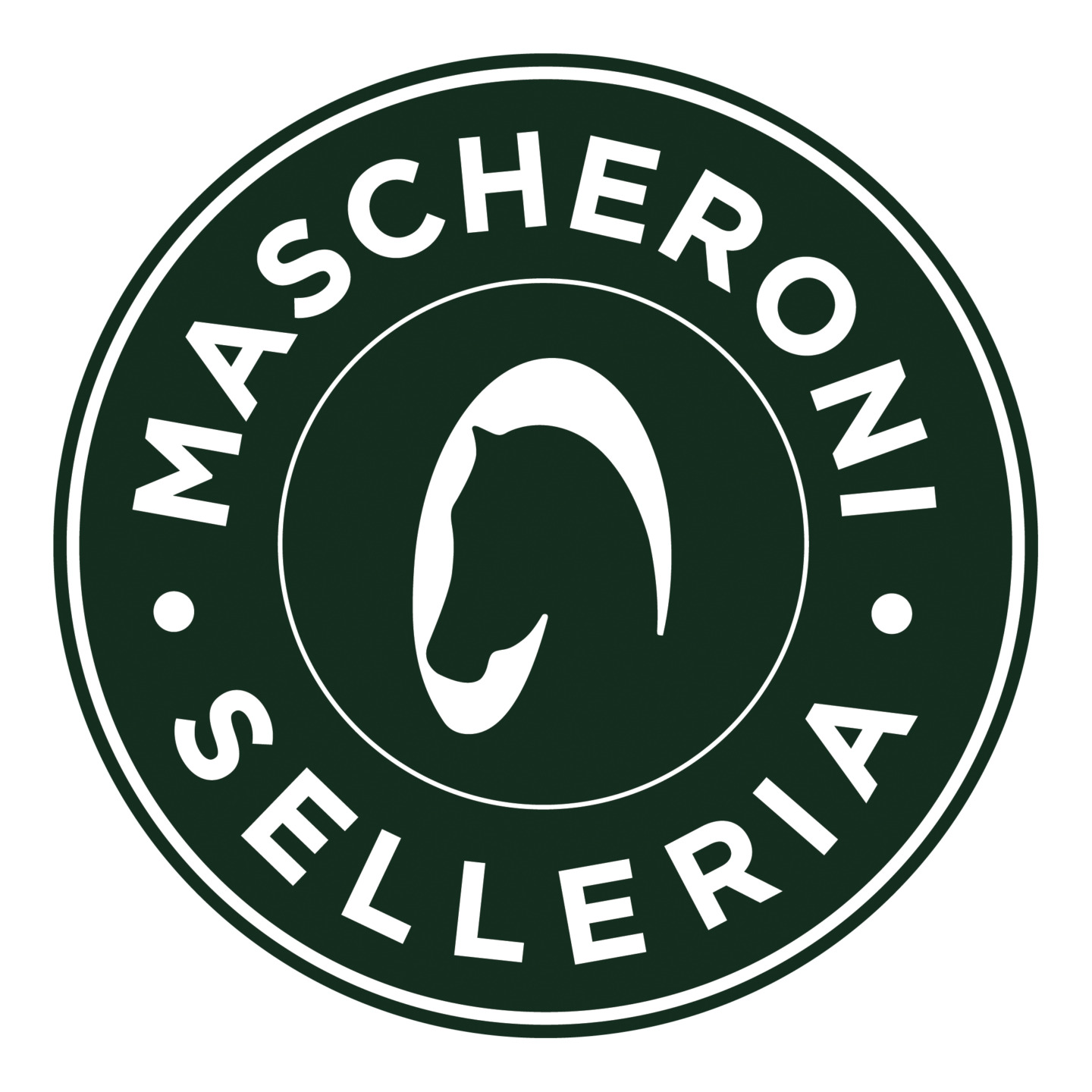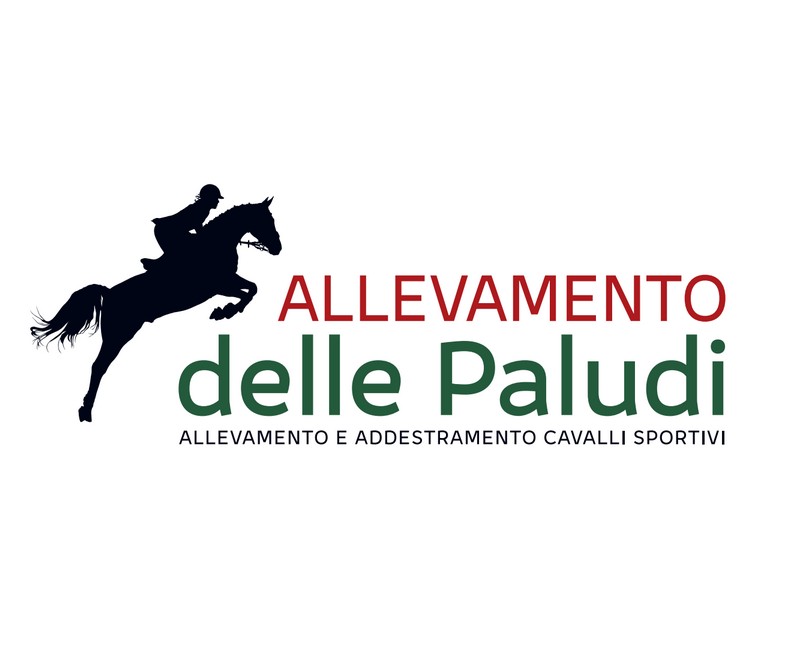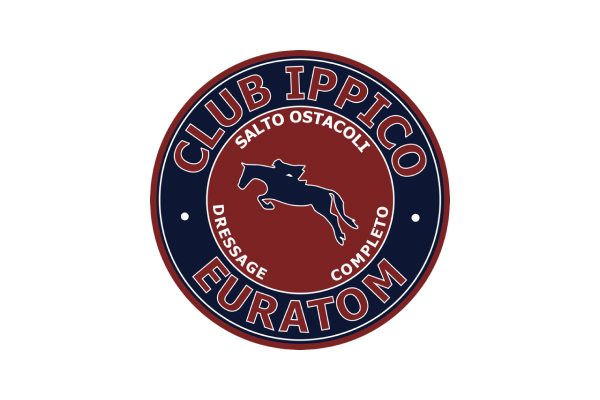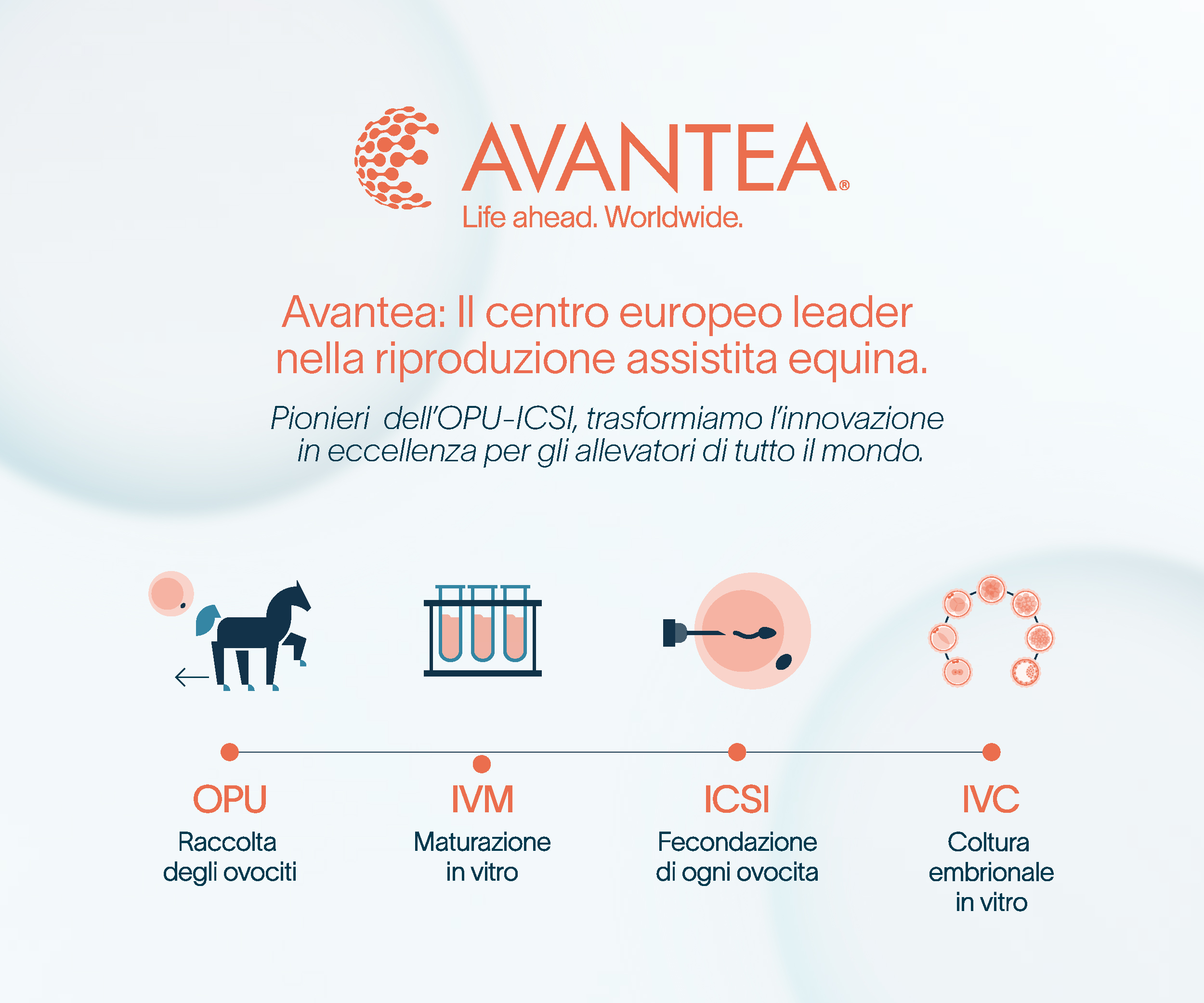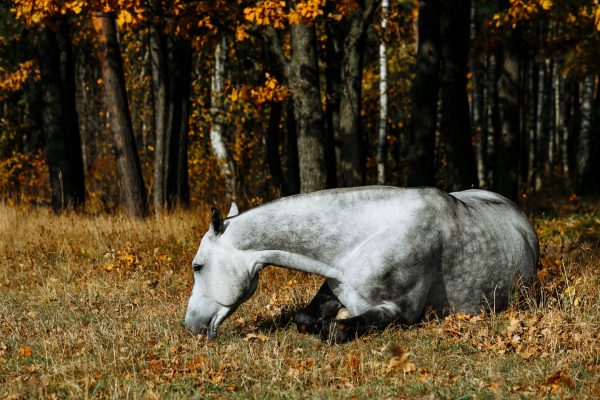
Understanding Cushing’s Syndrome in Horses
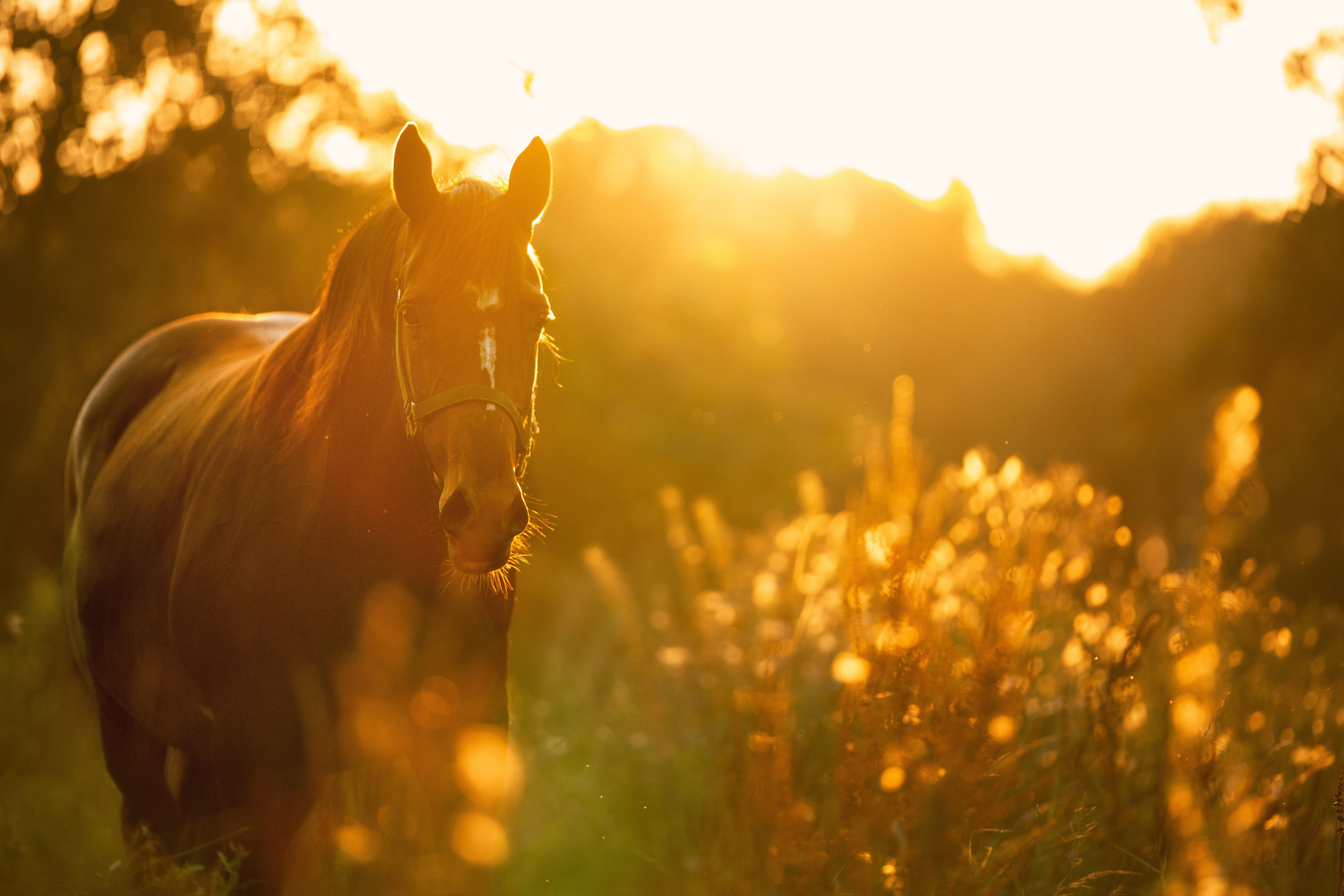
Insights from Dr. Barbara Garbagnati Cushing’s syndrome, a complex endocrine disorder, is not just a human ailment.
Horses can also suffer from this condition, often linked to an adenoma, a venous tumor in the hypophysis. To delve into this topic and shed light on the matter, we turn to Dr. Barbara Garbagnati, the Head of the Department of Intensive Care Therapy at the Piolla Veterinary Clinic in Pozzuolo Martesana.
Cushing’s syndrome in horses is primarily seen in elderly equines, affecting around 90% of such cases. Dr. Garbagnati explains, “We see a problem of nutrition, in the sense that these horses have an altered sensation of appetite and therefore we could find obese horses or very thin horses.
This second hypothesis is the most frequent.” The variation in weight and appetite in affected horses is just one part of this multi-faceted syndrome. One striking symptom of Cushing’s syndrome in horses is abnormal hair growth. The hair continues to grow excessively, even during the summer months.
Dr. Garbagnati notes that it has a distinctive feature, being long and excessively dry, setting it apart from typical equine hair growth. Some horses suffering from Cushing’s may also experience pain in their feet, which might be initially misinterpreted as bruises.
These symptoms are often due to small laminitic attacks. In addition, many affected horses display symptoms of polyuria and polydipsia – they drink excessively and urinate frequently, making their surroundings continually wet.
These symptoms are easily visible, and in horses, these irregular behaviors are a telltale sign of Cushing’s syndrome. The syndrome’s impact on a horse’s morphology is undeniable. Dr. Garbagnati mentions that affected horses may exhibit a pendulous abdomen due to decreased muscle tonicity, making them look significantly older than their actual age.
There is also a visible loss of muscle mass, particularly on their backs. These physical changes are indicative of the disease’s insidious nature. Furthermore, horses with Cushing’s syndrome exhibit heightened sensitivity to infections.
Dr. Garbagnati elaborates, “The ones we see the most are skin infections, rashes, but also respiratory problems of other types because being a tumor-based pathology, we also have problems with immunity.”
Understanding Cushing’s syndrome in horses is essential for early diagnosis and intervention. Dr. Barbara Garbagnati’s insights provide valuable knowledge about the disease’s various facets, from its symptoms to the impact it has on equine physiology and immunity.
By identifying these indicators, we can better manage this endocrine disorder and provide affected horses with the care they need.
Article by V. Sozzi in collaboration with Dr. Garbagnati of Clinica Veterinaria Piola
© Rights Reserved.





.png)
